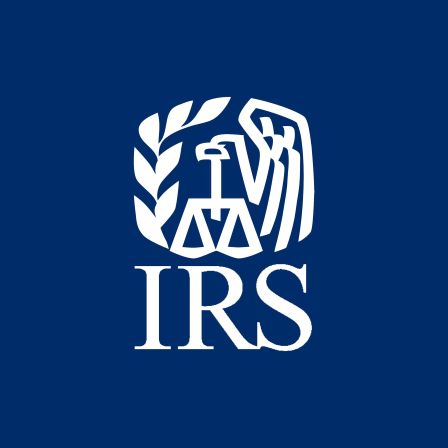WASHINGTON — The Internal Revenue Service announced plans to begin dozens of audits on business aircraft involving personal use.
The audits will be focused on aircraft usage by large corporations, large partnerships and high-income taxpayers and whether for tax purposes the use of jets is being properly allocated between business and personal reasons.
The IRS will be using advanced analytics and resources from the Inflation Reduction Act to more closely examine this area, which has not been closely scrutinized during the past decade as agency resources fell sharply. The number of audits related to aircraft usage could increase in the future following initial results and as the IRS continues hiring additional examiners.
“During tax season, millions of people are doing the right thing by filing and paying their taxes, and they should have confidence that everyone is also following the law,” said IRS Commissioner Danny Werfel. “Personal use of corporate jets and other aircraft by executives and others have tax implications, and it’s a complex area where IRS work has been stretched thin. With expanded resources, IRS work in this area will take off. These aircraft audits will help ensure high-income groups aren’t flying under the radar with their tax responsibilities.”
Business aircraft are often used for both business and personal reasons by officers, executives, other employees, shareholders and partners. In general, the tax code passed by Congress allows a business deduction for expenses of maintaining an asset, such as a corporate jet, if that asset is utilized for a business purpose. However, the use of a company aircraft must be allocated between business use and personal use. This is a complex area of tax law, and record-keeping can be challenging.
For someone such as an executive using the company jet for personal travel, the amount of personal usage impacts eligibility for certain business deductions. Use of the company jet for personal travel typically results in income inclusion by the individual using the jet for personal travel and could also impact the business’s eligibility to deduct costs related to the personal travel.
The examination of corporate jet usage is part of the IRS Large Business and International division’s “campaign” program. Campaigns apply different compliance streams to help address areas with a high risk of non-compliance. These efforts include issue-focused examinations, taxpayer outreach and education, tax form changes and focusing on particular issues that present a high risk of noncompliance.
The IRS will begin conducting examinations in the near future as part of the agency’s commitment to ensuring fairness in tax administration.
This is part of a larger effort the IRS is taking to ensure large corporate, large partnerships and high-income individual filers pay the taxes they owe. Prior to the Inflation Reduction Act, more than a decade of budget cuts prevented the IRS from keeping pace with the increasingly complicated set of tools that the wealthiest taxpayers use to shelter or manipulate their income to avoid taxes. The IRS is now taking swift and aggressive action to close this gap.
In addition to work on corporate jets, the IRS has a variety of efforts underway to improve tax compliance in complex, overlooked high-dollar areas where the agency did not have adequate resources prior to Inflation Reduction Act funding.
For example, the IRS is continuing to pursue millionaires that have not paid hundreds of millions of dollars in tax debt. The IRS has already collected $482 million in ongoing efforts to recoup taxes owed by 1,600 millionaires with action continuing in this area. Elsewhere, the IRS is pursuing multi-million-dollar partnership balance sheet discrepancies, ramping up audits of more than 75 of the largest partnerships using artificial intelligence (AI) as well as other areas.
“The IRS continues to increase scrutiny on high-income taxpayers as we work to reverse the historic low audit rates and limited focus that the wealthiest individuals and organizations faced in the years that predated the Inflation Reduction Act,” Werfel said. “We are adding staff and technology to ensure that the taxpayers with the highest income, including partnerships, large corporations and millionaires and billionaires, pay what is legally owed under federal law. The IRS will have more announcements to make in this important area.”



